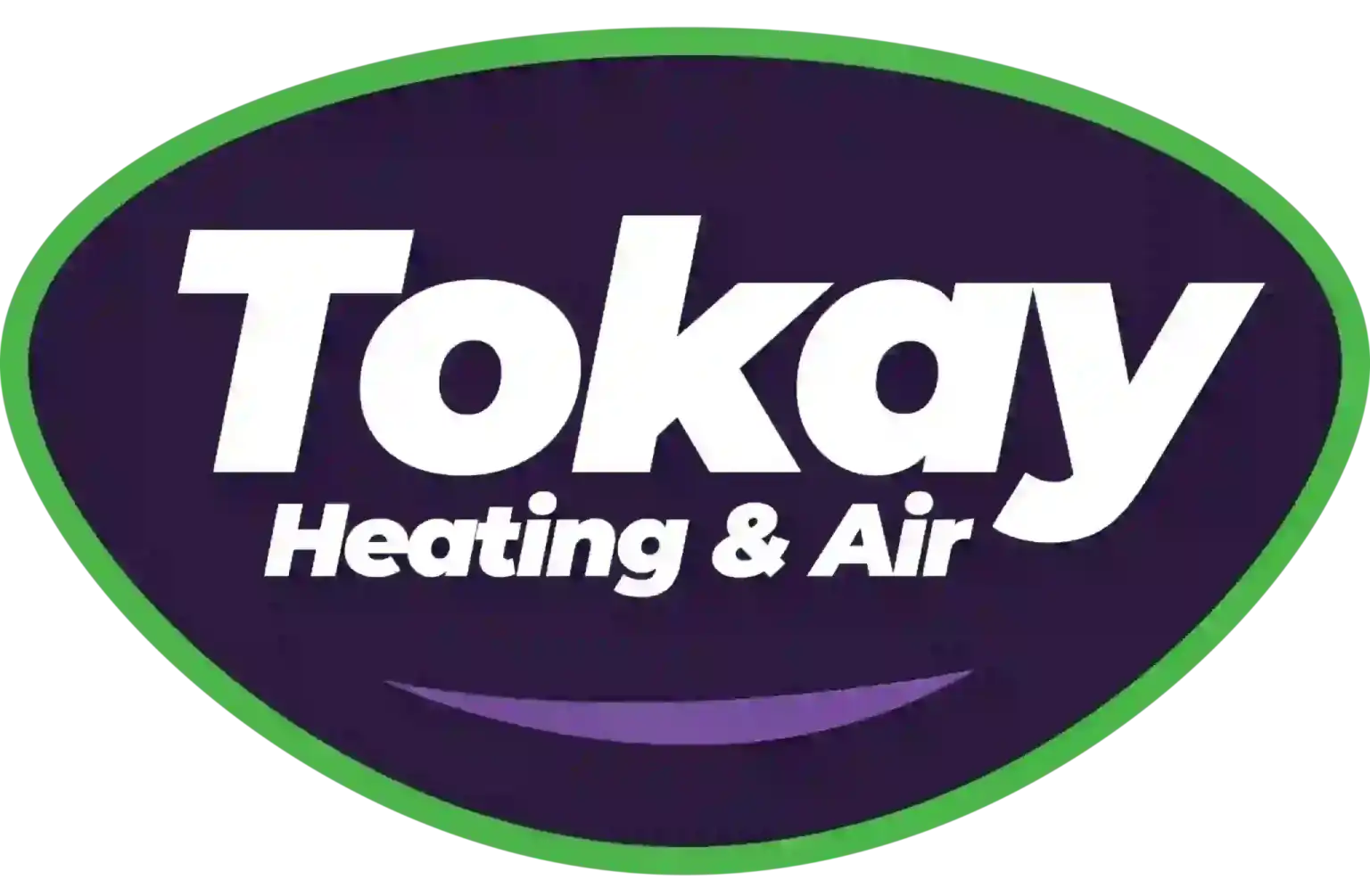Choosing the right heating installation for your home is a crucial decision that significantly affects comfort and energy efficiency. With various options available, from furnaces to heat pumps, understanding the dynamics of each system is essential in making an informed choice.
Understanding Heating Installation Options
When considering a new heating installation, you have several systems to choose from, each with its advantages. Furnaces are popular for their reliability and efficiency. They can run on natural gas, electricity, or oil, providing flexibility based on your home’s fuel availability. Heat pumps are valued for their dual functionality, offering both heating and cooling, which can be particularly advantageous in moderate climates. Boilers, meanwhile, distribute heat through water, giving consistent warmth without circulating dust or allergens.
Key factors must be considered when choosing a system. Efficiency is paramount; high-efficiency systems lower energy consumption and reduce costs. Consider the size of your unit, as it should align with your home’s square footage and insulation levels to ensure efficient heating. Fuel type is another consideration—some areas have more access to certain types of fuel, which can affect the overall cost and convenience of operating the system.
Upgrading to a new, efficient system comes with multiple benefits. Modern systems often have better energy ratings, which translates into savings on utility bills. They also tend to have advanced features, such as programmable thermostats, that provide greater control over home temperatures, enhancing comfort while reducing wastage. These improvements make a significant difference in performance, making them worthy investments for homeowners aiming for a balanced combination of efficiency and comfort.
Evaluating Your Home’s Heating Needs
Evaluating your home’s heating requirements is essential in selecting the right system. Factors such as the layout of your home, the level of insulation, and the local climate play crucial roles in determining the most suitable heating solution. A home with open floor plans may require a different approach than one with multiple separated rooms. Similarly, a well-insulated home generally retains heat better, which can influence the size and power of the needed system.
To calculate the ideal heating capacity, consider using the Manual J method—a standard procedure that helps estimate the correct size of heating equipment by factoring in aspects like window types, roof construction, and air infiltration. This ensures the system installed is neither too large nor too small, both of which can lead to inefficiencies and increased wear over time.
Professional assessment is invaluable for pinpointing precise heating needs. Our technicians bring expertise in evaluating these factors and recommending systems that match your home’s specifics. A professional assessment not only assists in choosing the right unit size but also aids in understanding any potential modifications or improvements needed in the home, such as sealing air leaks or enhancing insulation, to optimize the performance of the new system. This thorough approach helps guarantee a balanced equation between capacity, cost-effectiveness, and optimal comfort.
The Installation Process Explained
The heating installation process is critical to ensuring that your new system operates efficiently and safely. It begins with a comprehensive assessment of your home’s needs and selecting the right equipment. Once the system choice is finalized, our professionals carefully remove any old equipment, preparing the space for the new system.
Installation involves precise placement of the system, which includes ensuring proper connections and integration with existing ductwork or setting up new ducts if needed. Our technicians pay close attention to details such as thermostat installation and system calibration to ensure that it meets your heating demands effectively. A thorough testing phase follows, where technicians check for leaks, ensure correct airflow, and verify temperature controls.
Challenges during installation can include space constraints, existing ductwork issues, or outdated wiring. Our professionals address these by providing tailored solutions like reconfiguring duct paths or upgrading electrical components. Resolving these challenges effectively is essential for optimal system performance and extending the life span of your investment.
Maintenance and Upkeep Post-Installation
Proper maintenance after installation is vital for maintaining system efficiency and extending its life. Regular maintenance prevents small issues from becoming significant, costly repairs. Routine inspections ensure that the system is running smoothly and that no components need repair or replacement.
A homeowner’s maintenance checklist includes changing filters regularly, checking thermostat settings, and keeping vents and surrounding areas clean and unobstructed. It is also important to monitor energy bills for unusual spikes that might indicate a system issue. Annual tune-ups are recommended to verify all system components are in good working order.
Professional services, such as seasonal HVAC system checks, help maintain your heating system’s efficiency. These include cleaning and inspecting ductwork, checking the performance of heat exchangers, and ensuring that safety controls are operational. Engaging in regular, professional maintenance not only ensures room-by-room comfort but also enhances reliability and safety for years to come.
Conclusion
Effective heating installation is a strategic process that demands careful planning and professional execution. Selecting the right system tailored to your home’s specific needs is the first step toward achieving an ideal indoor climate. Proper installation and maintenance further assure optimal operation and longevity of your heating unit.
Keeping up with routine checks and professional assessments safeguards your comfort and energy efficiency. It prevents untimely breakdowns and promotes safe operation. The combination of intelligent system selection, skilled installation, and diligent upkeep leads to a stable, cozy home environment throughout all seasons.
For a seamless transition to a more efficient heating system, trust our experts at Tokay Heating & Air. Our knowledgeable professionals are ready to assist you with all your heating installation services in Elk Grove, ensuring a system that perfectly suits your home and enhances your comfort. Contact us today to schedule your consultation and take the first step toward a warmer, more energy-efficient home.


